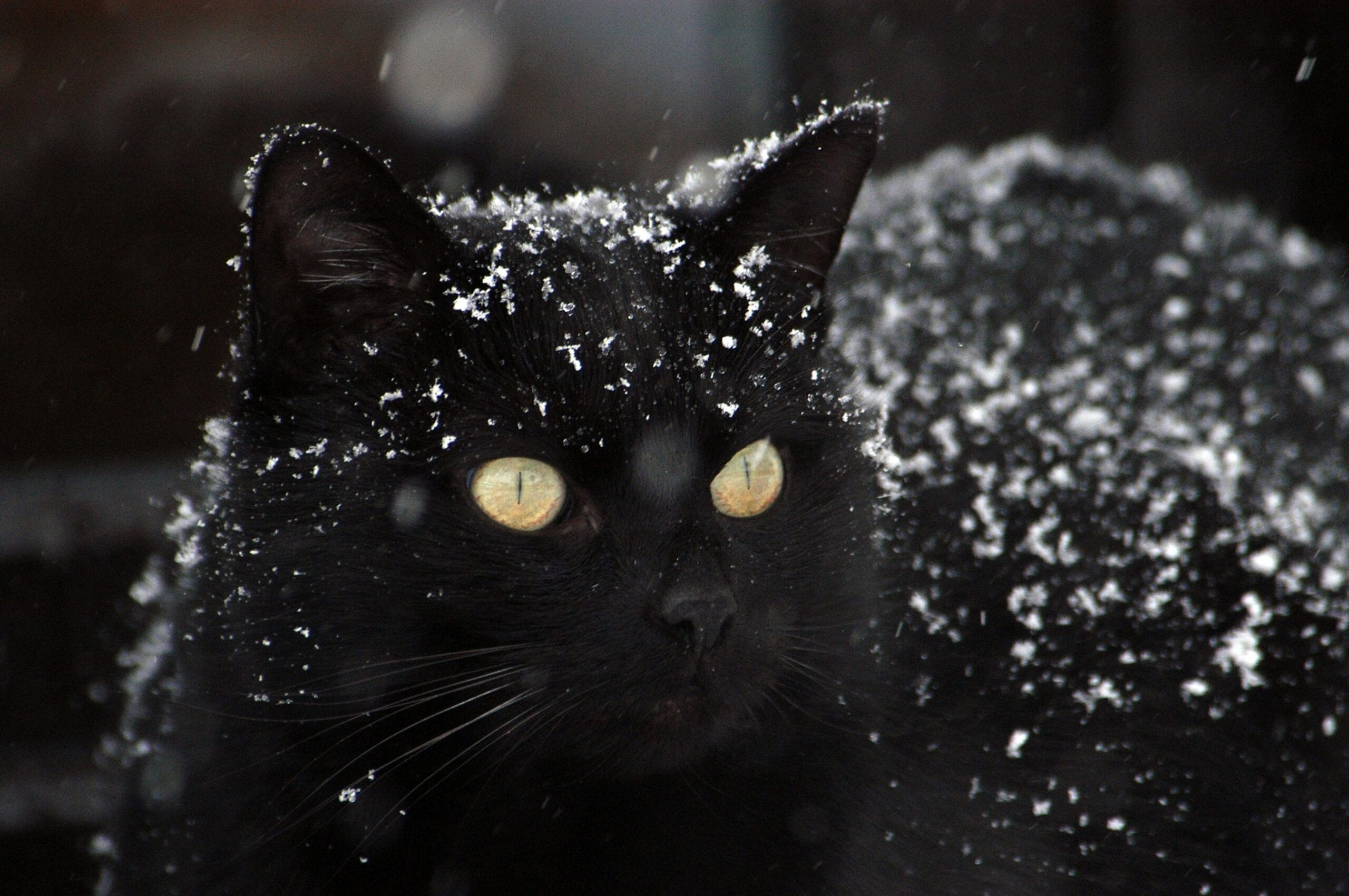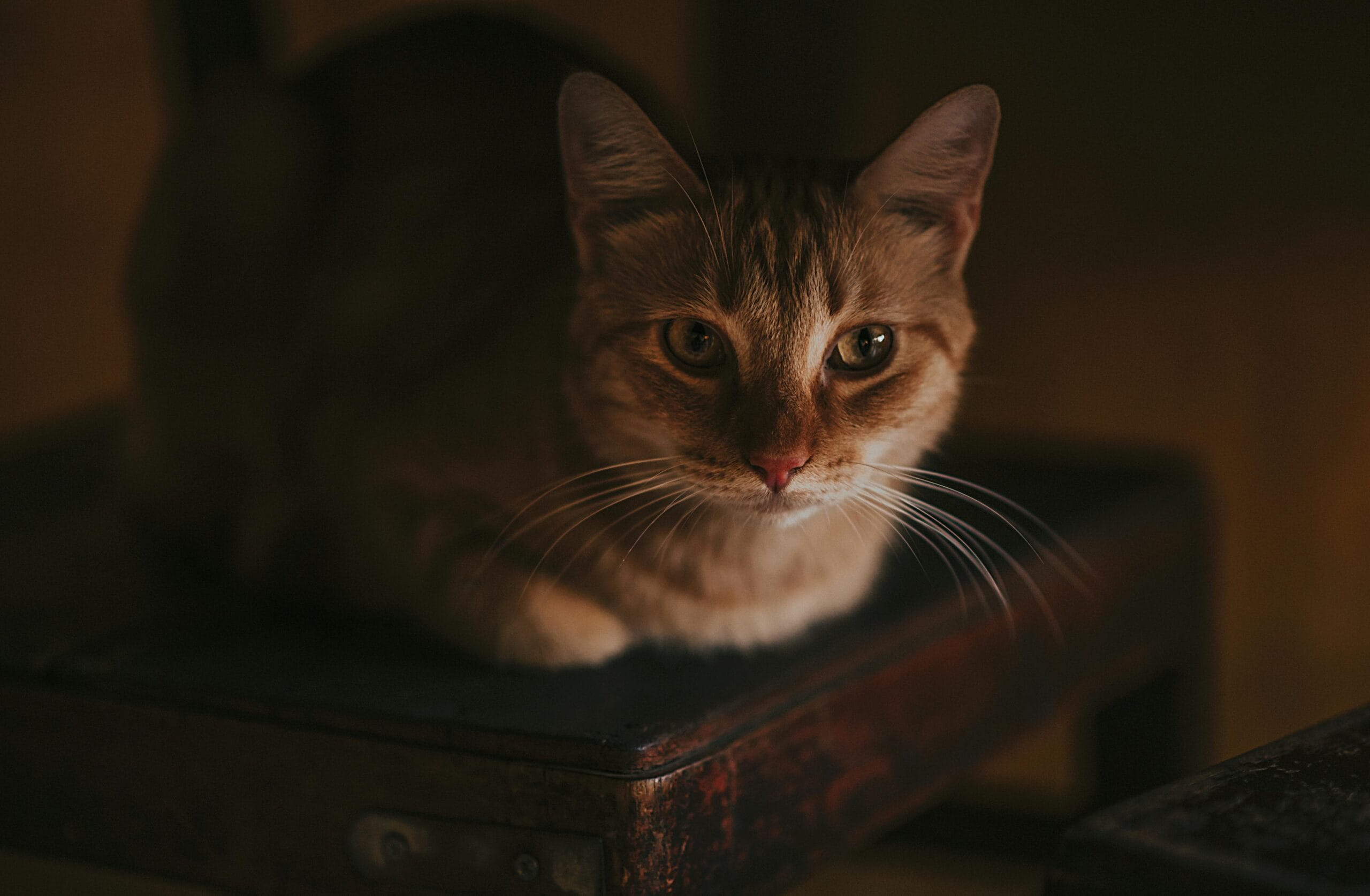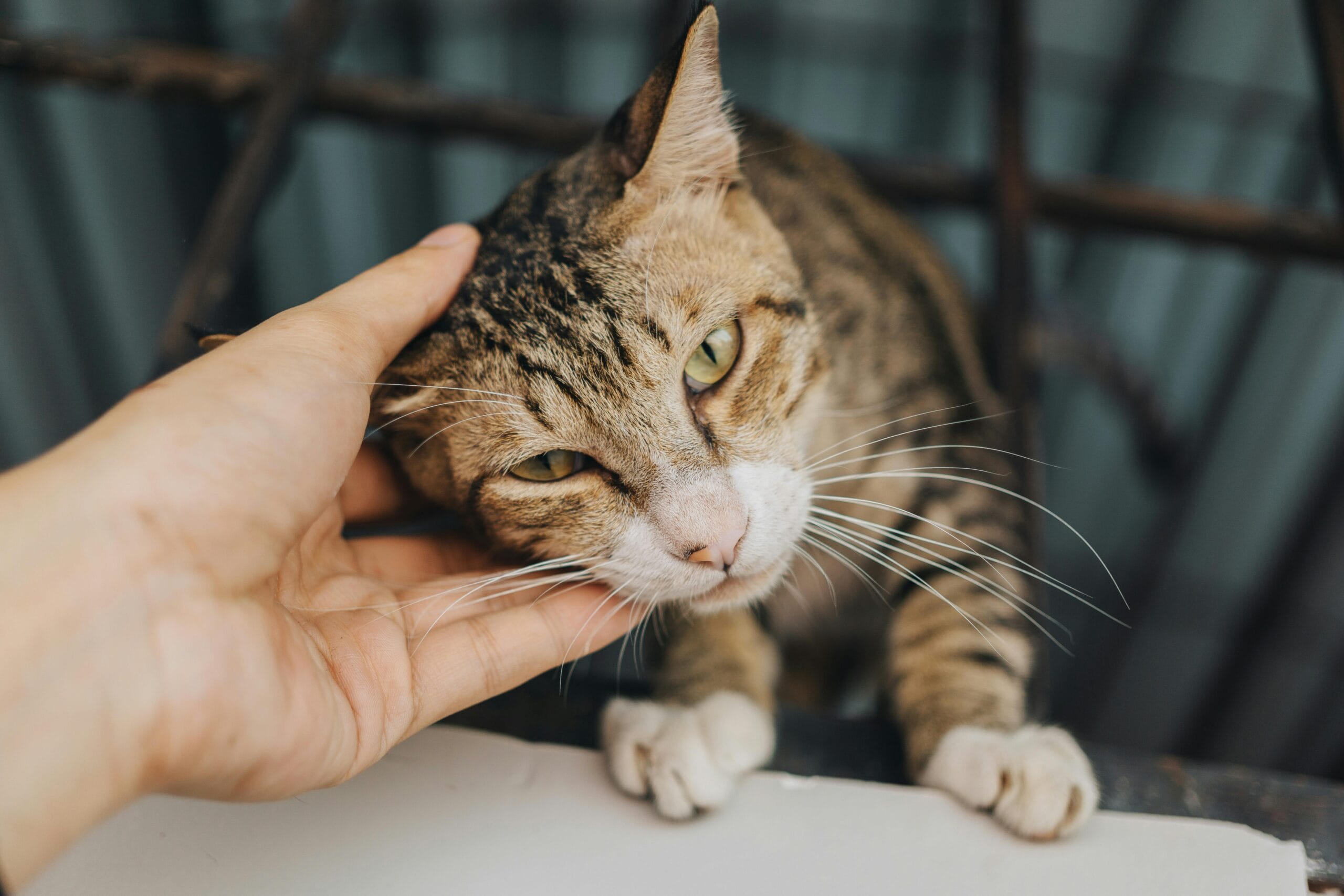Do Cat Has Special Spines ?

Do Cats Have Special Spines? Uncover the secrets of cat spine anatomy and learn why their flexible spine is so amazing! Discover the unique features that make feline agility possible. Cat Spine Anatomy, Cat Flexible Spine.
Do Cats Have Special Spines? Unraveling the Mysteries of Feline Spinal Anatomy
Cats are renowned for their incredible agility, flexibility, and acrobatic prowess. Their ability to effortlessly navigate tight spaces, land gracefully from significant heights, and contort their bodies into seemingly impossible positions is a testament to their unique physical attributes. A key component of this feline flexibility lies in their spine. So, do cats have special spines? The answer is a resounding yes! This article will delve into the fascinating world of cat spine anatomy, exploring the unique characteristics that grant them such remarkable flexibility and resilience.
Understanding Cat Spine Anatomy: More Than Just Bones
The cat spine, like that of other mammals, is a complex structure composed of interconnected vertebrae, intervertebral discs, muscles, ligaments, and nerves. However, several key features distinguish the feline spine, contributing to its exceptional flexibility and functionality. Unlike a human spine which is relatively rigid, the cat’s spine boasts a remarkable degree of mobility thanks to its structure and the way it’s interconnected.
The Vertebral Column: A Closer Look
A cat’s vertebral column consists of five distinct regions: the cervical (neck), thoracic (chest), lumbar (lower back), sacral (pelvic), and caudal (tail) regions. Each region has a specific number of vertebrae adapted to its function. The cervical region, for example, boasts seven vertebrae allowing for significant head and neck movement, crucial for hunting and navigation. The thoracic vertebrae are more rigid, providing attachment points for the ribs and protecting vital organs. The lumbar vertebrae, in contrast, are larger and more robust, supporting the weight of the cat’s body and facilitating bending and twisting movements.
The sacral vertebrae are fused together to form the sacrum, which provides a stable connection between the spine and the pelvis. Finally, the caudal vertebrae make up the tail, providing balance and aiding in communication and expression through various tail movements. The precise number of caudal vertebrae varies depending on the cat’s breed and individual characteristics. However, each region plays a vital role in the overall functionality and flexibility of the cat flexible spine. The number of vertebrae within each region is not significantly different from other mammals, however, the flexibility and range of motion permitted by the intervertebral joints is what really makes the feline spine unique.
Intervertebral Discs and Ligaments: The Glue That Holds It All Together
The vertebrae are not rigidly fused; they are connected by intervertebral discs and a complex network of ligaments. These discs act as shock absorbers, allowing for smooth movement between vertebrae and preventing damage during jumps and landings. The ligaments provide stability and prevent excessive movement, ensuring the structural integrity of the spine. The unique composition and arrangement of these discs and ligaments are partially responsible for the astonishing flexibility of the cat flexible spine. These connective tissues allow for a significant range of motion while still offering enough support to protect the spinal cord and other vital structures.
Cat Flexible Spine: The Secret to Feline Agility
The remarkable flexibility of a cat’s spine is not merely a consequence of the number of vertebrae or the strength of its supporting structures. The unique structure of the intervertebral joints plays a crucial role. These joints allow for a greater range of motion compared to the joints in other mammals, particularly in the thoracic and lumbar regions. This allows the cat to perform acrobatic feats that other animals cannot easily replicate. This increased range of motion is essential for a cat’s hunting, climbing, and escaping predators, highlighting the evolutionary advantage of such a unique adaptation.
The muscles surrounding the spine also contribute significantly to its flexibility and strength. These muscles enable precise movements, allowing cats to contort their bodies into extraordinary positions. The coordination between the muscles, ligaments, and joints ensures smooth, controlled movements, minimizing the risk of injury during high-impact activities. This finely tuned neuromuscular control is a key aspect of a cat’s agility and grace.
Do Cats Have Special Spines? The Evolutionary Advantage
The unique characteristics of the cat flexible spine are a product of millions of years of evolution. Their predatory lifestyle has driven the selection of traits that enhance their hunting abilities and survival. The flexibility and strength of their spines are essential for navigating complex environments, pursuing prey, and escaping predators. Consider the ability to squeeze through narrow spaces; this requires a high level of spinal flexibility, something perfectly adapted to feline anatomy.
The ability to land on their feet after a fall is another remarkable feat often attributed to their flexible spines. While the vestibular system (inner ear) plays a significant role in this reflex, the spine’s flexibility allows for controlled adjustments that minimize the impact of landing. This is not just beneficial for high places but also in their everyday activities.
To better understand the biomechanics of feline locomotion and the role of the spine, you might find the research published by the National Center for Biotechnology Information (NCBI) helpful. Their database contains numerous scientific articles detailing the intricacies of animal anatomy and movement.
Common Spinal Issues in Cats: Recognizing the Signs
While remarkably resilient, feline spines are not immune to injury or disease. Conditions such as intervertebral disc disease (IVDD), spinal fractures, and osteoarthritis can affect cats of all ages and breeds. Symptoms may vary depending on the severity and location of the issue but can include pain, stiffness, lameness, difficulty jumping, changes in posture, loss of coordination, and even paralysis. Early diagnosis and treatment are crucial for managing these conditions and improving the cat’s quality of life.
For in-depth information on feline spinal health and common conditions, consulting a veterinary specialist is strongly recommended. They are equipped to correctly diagnose, treat, and potentially mitigate further problems. You can find more information on common feline health issues at the website of the American Veterinary Medical Association (AVMA).
Conclusion: Celebrating the Amazing Cat Spine
In conclusion, the answer to “Do cats have special spines?” is an emphatic yes. Their unique cat spine anatomy, characterized by exceptional flexibility and strength, is a testament to the power of natural selection. Understanding the intricacies of the feline spine helps us appreciate the remarkable agility and grace of these creatures. It also highlights the importance of responsible pet ownership, including providing appropriate care and promptly addressing any signs of spinal discomfort or injury.
The cat flexible spine is a marvel of engineering, showcasing the remarkable adaptations that allow cats to thrive in their environments. This article just scratches the surface of this fascinating topic. There is much more to discover about the incredible adaptability and resilience of the feline spine.
Call to Action
Have you observed any unique aspects of your cat’s flexibility and agility? Share your experiences and observations in the comments below! Let’s discuss fascinating cat spine anatomy, cat flexible spine and how this contributes to your cat’s overall health and wellbeing. Your insights could help other cat owners better understand their feline companions.

10 FAQs about Cat Spines:
1. Do cats have special spines? Yes, cats possess a remarkably flexible and adaptable spine compared to other mammals. Their unique Cat Spine Anatomy allows for impressive agility and acrobatic feats. This is due to a number of factors detailed below.
2. What makes a cat’s spine so flexible? A cat’s spine has more vertebrae than humans (around 30 compared to 24), and they are connected by exceptionally mobile joints. They also have a uniquely structured ligament system and highly developed musculature contributing to their Cat Flexible Spine.
3. How many vertebrae does a cat have? Cats typically have around 30 vertebrae, divided into seven cervical (neck), 13 thoracic (chest), seven lumbar (lower back), three sacral (fused in the pelvis), and varying numbers of caudal (tail) vertebrae. The precise number of caudal vertebrae varies depending on the cat’s breed and tail length.
4. Do cats’ spines have more flexibility than other animals? While many mammals have flexible spines to varying degrees, cats have a level of flexibility significantly exceeding most others, thanks to their specific Cat Spine Anatomy adaptations. This allows for unusual contortions and impressive jumping abilities.
5. Can a cat’s flexible spine cause problems? While beneficial, a Cat Flexible Spine can also make them susceptible to spinal injuries like sprains, dislocations, and fractures from falls or trauma. Their flexibility doesn’t mean they are indestructible.
6. How does a cat’s spine contribute to its hunting abilities? The incredible flexibility allows for sudden bursts of speed and agile maneuvering while hunting. Their ability to twist and turn quickly is a key advantage in pursuing prey. This is directly related to their unique Cat Spine Anatomy.
7. Does a cat’s tail play a role in spinal health? While the tail itself is an extension of the spine, its primary function isn’t directly related to overall spinal health. However, tail injuries can sometimes indicate underlying spinal problems, and their movement can help maintain balance and agility which indirectly support spinal health.
8. What are the signs of a spinal injury in a cat? Signs include pain, stiffness, difficulty walking or jumping, paralysis, loss of bladder or bowel control, and unusual posture. If you suspect a spinal injury, immediate veterinary attention is crucial.
9. Why do cats land on their feet? Cats’ Cat Flexible Spine, coupled with their exceptional reflexes and flexible bodies, allows them to right themselves in mid-air, helping them land on their feet more often than not. This is not always guaranteed, however, and injuries can still occur.
10. Does breed affect a cat’s spinal flexibility? While all cats possess a highly flexible spine, minor variations might exist between breeds due to differences in body type and size. However, the fundamental features of a Cat Flexible Spine remain consistent across breeds.

Do Cats Have Special Spines? Understanding Feline Spinal Health
Cats possess unique spinal adaptations that contribute to their incredible agility and flexibility. However, these same adaptations also make them susceptible to specific spinal problems. Understanding feline spinal anatomy and potential health concerns is crucial for responsible cat ownership.
Practical Tips for Maintaining Spinal Health in Cats
- Provide a Safe Environment: Prevent falls from heights by securing windows and balconies. Avoid situations where your cat might jump from significant distances.
- Maintain a Healthy Weight: Obesity puts extra strain on the spine. Feed your cat a balanced diet and ensure regular exercise.
- Gentle Handling: Always support your cat’s entire body when lifting. Avoid grabbing them by the scruff of the neck, especially in adult cats.
- Regular Veterinary Checkups: Schedule annual checkups for early detection of potential spinal issues. Your vet can assess your cat’s posture and movement for any abnormalities.
- Appropriate Exercise: Encourage play and activity to maintain muscle strength and spinal flexibility. Interactive toys and climbing structures can be beneficial.
- Scratching Posts: Provide ample scratching posts to prevent back strain from stretching and arching their backs inappropriately.
- Proper Nutrition: A diet rich in glucosamine and chondroitin can support joint and spinal health.
Health Considerations: Spinal Problems in Cats
- Spinal Degeneration (Spondylosis): A common age-related condition causing arthritis and stiffness in the spine. Symptoms can include pain, stiffness, and difficulty jumping.
- Intervertebral Disc Disease (IVDD): This can range from mild discomfort to complete paralysis. Early signs may include back pain, reluctance to jump, and changes in gait.
- Trauma: Falls, accidents, and fights can cause spinal fractures, dislocations, or injuries to the spinal cord.
- Infections and Tumors: Less common, but these can also affect the spine and cause significant pain and neurological problems.
Note: If you notice any signs of spinal pain or dysfunction in your cat (e.g., changes in posture, gait, litter box habits, or vocalization), seek immediate veterinary attention. Early diagnosis and treatment are crucial for the best possible outcome.
Keywords:
cat spine, feline spine, spinal health, cat health, spinal problems cats, intervertebral disc disease, spondylosis, cat back pain, cat injury, veterinary care, cat care tips